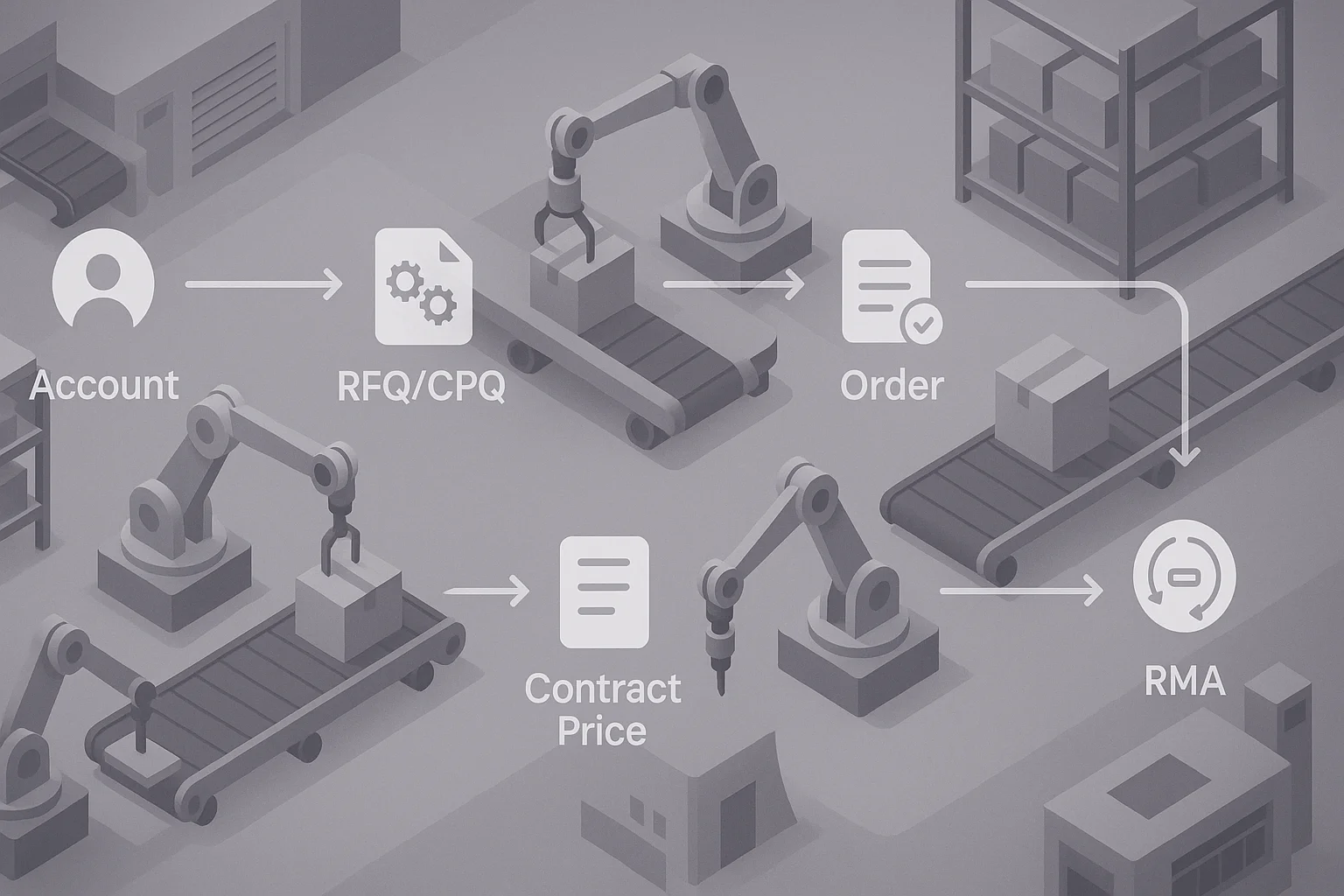In today’s digital era, launching and scaling an e-commerce business is more accessible and promising than ever. However, navigating the complexities of the e-commerce landscape requires strategic planning, continuous learning, and leveraging the right tools and resources. Whether you’re a start-up entrepreneur aiming to make your mark or an established business looking to scale, this comprehensive guide will walk you through the essential steps to build, launch, and grow a successful e-commerce business.
Part 1: Building Your E-Commerce Business
1. Idea Validation and Market Research
Before you start building your e-commerce store, it’s crucial to validate your business idea and understand your target market. This involves:
- Identifying a Niche: Determine what products you want to sell and ensure there’s a demand for them. Use tools like Google Trends, Amazon Best Sellers, and social media to identify popular and emerging trends.
- Market Research: Understand your target audience’s needs, preferences, and purchasing behavior. Conduct surveys, analyze competitors, and gather feedback to refine your product offerings.
- Competitive Analysis: Study your competitors to identify their strengths, weaknesses, and unique selling points. This insight will help you differentiate your brand and craft effective marketing strategies.
2. Business Planning
With a validated idea, the next step is to create a robust business plan. This will serve as a roadmap for your e-commerce journey and include:
- Business Model: Decide whether you’ll operate as a B2C, B2B, or D2C (Direct-to-Consumer) business.
- Value Proposition: Define what sets your products apart and why customers should choose your brand.
- Revenue Model: Determine how you’ll generate revenue, whether through one-time purchases, subscriptions, or a freemium model.
- Budgeting: Estimate your startup costs, operational expenses, and projected revenue. This includes inventory, website development, marketing, shipping, and other expenses.
- Legal Structure: Choose your business structure (sole proprietorship, partnership, LLC, etc.) and ensure you comply with legal requirements such as registering your business and obtaining necessary licenses.
3. Choosing the Right E-Commerce Platform
Selecting the right e-commerce platform is critical for your business’s success. Popular options include Shopify, WooCommerce, and Magento. Consider the following factors when choosing a platform:
- Ease of Use: Ensure the platform is user-friendly and requires minimal technical expertise.
- Scalability: Choose a platform that can grow with your business and handle increased traffic and transactions.
- Customization: Look for customizable themes and flexible design options to create a unique online store.
- Integration: Ensure the platform integrates with essential tools and services like payment gateways, shipping providers, and marketing tools.
- Security: Prioritize platforms with robust security features to protect your business and customer data.
For businesses looking for a reliable and comprehensive solution, Metrotechs offers Free cPanel Hosting with WordPress that provides all the necessary tools and security features to launch your online store seamlessly.
4. Setting Up Your Online Store
Once you’ve chosen a platform, it’s time to set up your online store. This involves:
- Domain and Hosting: Purchase a memorable domain name that reflects your brand and set up reliable hosting. Metrotechs’ Launchpad platform offers various hosting solutions to suit your needs.
- Website Design: Select a theme and customize it to align with your brand identity. Ensure your site is visually appealing, easy to navigate, and optimized for mobile devices.
- Product Listings: Create detailed and compelling product listings. Include high-quality images, descriptions, prices, and relevant specifications. Utilize Metrotechs’ Brand Builder platform to generate engaging product descriptions and benefit lists.
- Payment Gateway Setup: Integrate secure payment gateways like PayPal, Stripe, or Square to facilitate smooth transactions.
- Shipping and Logistics: Set up shipping options and policies. Determine your shipping rates, delivery times, and return policies. Partner with reliable shipping providers to ensure timely and cost-effective deliveries.
5. Crafting a Strong Brand
Building a recognizable and trusted brand is essential for long-term success. Focus on:
- Brand Identity: Develop a cohesive brand identity that includes your logo, color scheme, typography, and brand voice. Ensure consistency across all touchpoints, including your website, social media, and packaging.
- Storytelling: Share your brand’s story, mission, and values to create an emotional connection with your audience.
- Customer Experience: Prioritize exceptional customer service and user experience. Ensure your website is easy to navigate, provide multiple customer support channels, and respond promptly to inquiries and issues.
Part 2: Launching Your E-Commerce Business
6. Pre-Launch Preparations
Before you launch your online store, ensure everything is in place for a smooth and successful launch:
- Website Testing: Conduct thorough testing to identify and fix any bugs or issues. Test all functionalities, including navigation, payment processes, and mobile responsiveness.
- Marketing Strategy: Develop a comprehensive marketing plan to promote your store pre-launch and immediately after. This should include email marketing, social media campaigns, influencer partnerships, and paid advertising.
- SEO Optimization: Optimize your website for search engines to increase visibility. Use a tool like Metrotechs’ XOVI NOW SEO Suite to identify relevant keywords, optimize product listings, and monitor your SEO performance.
- Inventory Management: Ensure you have sufficient inventory to meet demand and manage stock levels effectively. Implement an inventory management system to track sales, monitor stock levels, and streamline reordering.
- Customer Support Setup: Set up customer support channels, such as live chat, email, and phone support. Train your team to handle customer inquiries and issues efficiently.
7. Launch Day Best Practices
Launch day is a crucial milestone. Here are some best practices for a successful launch:
- Soft Launch: Consider a soft launch to test your website and gather feedback from a limited audience before the official launch.
- Promotional Campaigns: Run promotional campaigns, such as discounts, giveaways, and limited-time offers, to attract customers and drive sales.
- Social Media Hype: Use social media platforms to create hype around your launch. Share behind-the-scenes content, launch day countdowns, and user-generated content to engage with your audience.
- Email Announcements: Send out email announcements to your subscriber list, highlighting your launch and any special offers.
- Monitor Performance: Continuously monitor your website’s performance, traffic, and sales throughout the day. Be prepared to address any issues promptly.
Part 3: Scaling Your E-Commerce Business
8. Analyzing Metrics and Performance
To scale your business effectively, data-driven decision-making is essential. Focus on the following metrics:
- Traffic and Conversion Rates: Monitor your website traffic and conversion rates to identify areas for improvement.
- Customer Acquisition Costs (CAC): Calculate your customer acquisition costs to ensure your marketing efforts are cost-effective.
- Average Order Value (AOV): Track your average order value and implement strategies to increase it, such as upselling, cross-selling, and bundling products.
- Customer Lifetime Value (CLV): Measure your customer lifetime value to understand the long-term value of your customers and tailor your marketing strategies accordingly.
- Customer Retention Rates: Analyze your customer retention rates and implement loyalty programs, personalized marketing, and exceptional customer service to retain customers.
Utilizing tools like Google Analytics and Metrotechs’ 360 Site and Server Monitoring can provide invaluable insights into your website’s performance and customer behavior.
9. Expanding Your Product Line
Introducing new products can help attract new customers and encourage repeat purchases. Consider the following approaches:
- Customer Feedback: Gather feedback from your existing customers to identify gaps in your product offerings and areas for improvement.
- Market Trends: Stay updated with market trends and emerging demands to introduce relevant and timely products.
- Product Bundling: Offer product bundles to increase the average order value and provide added value to your customers.
10. Enhancing Marketing Efforts
To scale your e-commerce business, you need to continuously enhance and diversify your marketing efforts:
- Content Marketing: Create valuable and engaging content, such as blog posts, videos, and infographics, to attract and retain customers. Use Metrotechs’ Article Generator and other content tools to streamline content creation.
- Email Marketing Automation: Automate your email marketing campaigns to nurture leads, re-engage inactive customers, and drive sales. Tools like the OX App Suite can help manage and automate your email marketing efforts.
- Social Media Advertising: Invest in paid social media advertising to reach a wider audience and drive targeted traffic to your site. Utilize platforms like Facebook, Instagram, and Pinterest for effective ad campaigns.
- SEO Enhancements: Continuously optimize your website for search engines to maintain and improve your search rankings. Regularly update product descriptions, blog content, and meta tags to align with SEO best practices.
11. Strengthening Customer Relationships
Building and maintaining strong customer relationships is critical for long-term success. Focus on:
- Personalization: Use data to personalize your marketing messages, product recommendations, and customer interactions.
- Loyalty Programs: Implement loyalty programs to reward repeat customers and encourage them to make frequent purchases.
- Customer Service Excellence: Prioritize exceptional customer service by responding promptly to inquiries, addressing issues effectively, and going the extra mile to delight your customers.
- Engaging with Customers: Leverage social media, email, and other channels to engage with your customers regularly. Share user-generated content, respond to comments, and create a community around your brand.
12. Streamlining Operations
As your business scales, efficient operations become increasingly important. Consider the following strategies:
- Automation: Automate repetitive tasks like order processing, inventory management, and customer support to save time and reduce errors.
- Outsourcing: Partner with third-party logistics (3PL) providers, fulfillment centers, and virtual assistants to handle tasks like warehousing, shipping, and administrative work.
- Process Optimization: Continuously review and optimize your processes for efficiency and scalability. Implement tools and software to streamline operations and improve productivity.
Using tools like CodeGuard Website Backup and SiteLock Website Security can help ensure your website and data remain secure and operational at all times.
13. International Expansion
Expanding your e-commerce business internationally can open up new growth opportunities. Here’s how to approach it:
- Market Research: Conduct thorough market research to understand the demand, cultural preferences, and legal requirements in your target markets.
- Localization: Tailor your website, product descriptions, and marketing campaigns to resonate with local audiences. This includes translating content, offering local currencies, and considering local payment methods.
- International Shipping: Partner with reliable international shipping providers and offer transparent shipping rates and delivery times.
- Compliance: Ensure you comply with local regulations, including taxes, customs duties, and consumer protection laws.
14. Innovation and Adaptation
The e-commerce landscape is constantly evolving, and staying ahead requires continuous innovation and adaptation. Focus on:
- Customer Feedback: Regularly seek feedback from your customers to understand their needs and preferences and adapt your offerings accordingly.
- Emerging Technologies: Embrace emerging technologies like artificial intelligence (AI), augmented reality (AR), and chatbots to enhance the customer experience and streamline operations.
- Industry Trends: Stay updated with industry trends, attend conferences, and participate in online communities to keep your business agile and innovative.
Conclusion
Building and scaling an e-commerce business is a dynamic and rewarding journey that requires strategic planning, continuous learning, and leveraging the right tools and resources. By following this comprehensive guide and partnering with an experienced e-commerce agency like Metrotechs, you can navigate the complexities of the e-commerce landscape with confidence and achieve sustainable growth.
Ready to take your e-commerce business to the next level? Explore the wide range of services offered by Metrotechs, including their Brand Builder platform, Launchpad solutions, and Toolbox features, and start your journey toward e-commerce success today.





